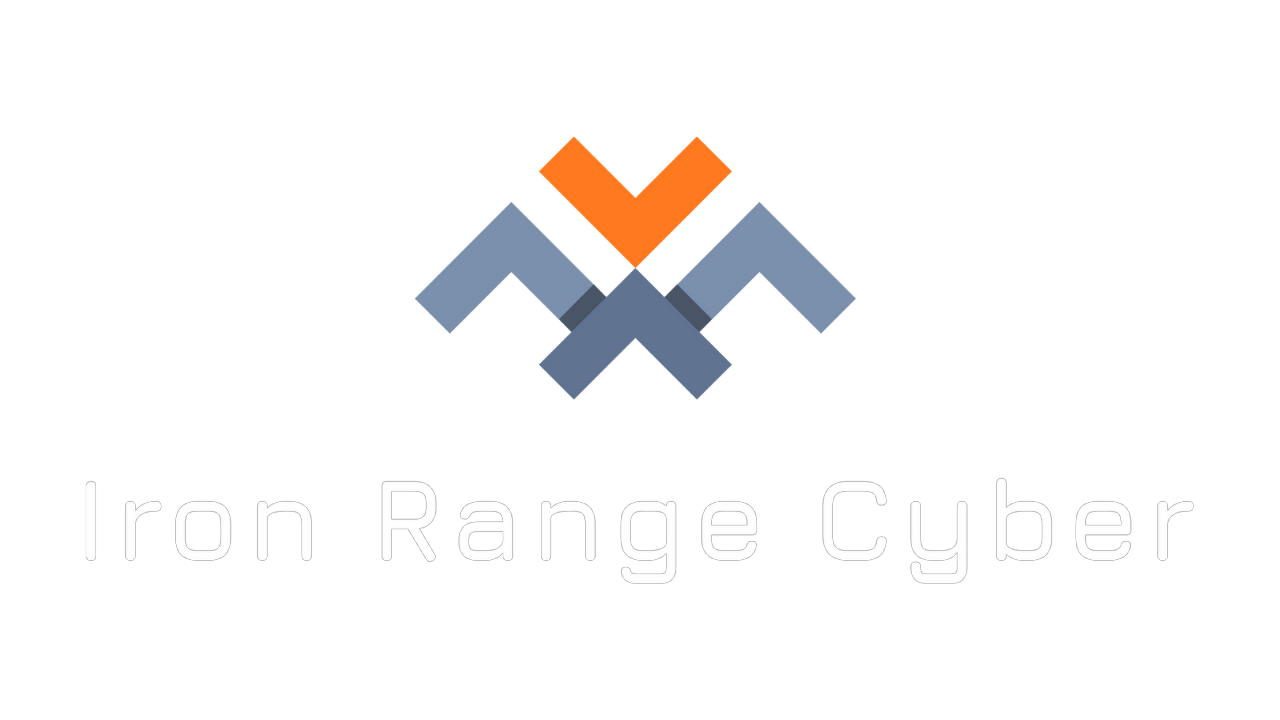What is patch management? Patch management is the process of keeping applications and software on your network devices adequately updated with the latest patches. Patches are not extensive updates; they are minor updates or fixes that repair bugs, flaws, and security vulnerabilities in software. However, if your systems are not set to auto-update or patching is not managed correctly – these minor flaws can create security vulnerabilities that attackers can easily exploit. Your business needs to develop and implement a patch management program with industry best practices to protect against the latest security threats.
Patch Management Best Practices
Did you know that over 50% of data breaches are the result of faulty patch management? To prevent these data breaches, you must regularly patch your operating systems that manage your servers and endpoint devices. You should also apply patch management practices to the vendor products and third-party applications used on your network. If your organization uses any proprietary applications, be sure to update and patch these systems to ensure their proper functionality.
Patch Management Process
The best way to ensure a successful patch management program is to develop standard practices and procedures for your patch process.
System Inventory
A successful patch management process always begins with a thorough inventory of all software and hardware in your environment. Once you have a good idea of the firewalls and devices you have, you can compare known vulnerabilities to your inventory to see which patches are most important to you. This is the first step in preventing cyberattacks and is critical to a successful patch deployment process.
System Risk Level
Risk levels help you select the right priorities for security patches based on your risk levels. Don’t squander hours of precious patching time by downloading and installing patches on the wrong computers and devices. This will only increase your downtime and frustrate end users. New patches should be deployed to the most critical devices first.
While all systems that can be patched should be, assigning risk levels to each device in your inventory makes the most sense when creating a patch management strategy. If a server on your network isn’t connected to the internet, it should be assigned a lower priority on your patch management scale. Comparatively, an internet-connected device accessed by end-users should receive a higher priority on your patch management list. Those high-priority devices should receive regular patches and be the first to receive a critical patch or critical updates if the situation arises. The more vulnerable an item is to attack, the sooner it should be patched. These risk levels can be assigned and detailed in your patch management policy and are all part of an effective patch management strategy.
Consolidate Software Versions
For every different software version you use, you double the chance of your devices being exposed to cybersecurity vulnerabilities like malware. Software redundancy also adds a significant amount of administrative work to manage the many software versions. Choose one version of Microsoft Windows, Linux, or Apple macOS to work with and keep it patched. Deploying patches to multiple versions of an operating system creates issues for security updates and test environments.
If you work for a large corporation, your organization may have purchased various software or third-party applications and products that perform similar functions. Review all applications in use and their intent regularly, in accordance with any regulatory or compliance requirements that are appliable to your organization. When you come across several software pieces that perform the same function, pick one and delete the redundant programs. You’ll have to apply fewer patches if you have fewer software products and have fewer missing patches to worry about in one patch maintenance window at a time.
Vendor Patch Announcements
It is common to use third-party applications and programs in business today. It makes good business sense to spend your time and energy developing software that differentiates your company instead of creating a product to perform a common task. As the old saying goes, don’t re-invent the wheel.
In this environment where security issues are common, staying on top of vendor patch announcements is critical. We recommend you subscribe to all of the pertinent security updates and software updates via the appropriate channels that patch announcements are made once you have a consistent inventory of programs and software. Send each of these updates to a separate email inbox or Slack channel to keep track of them. Create a patch management tool system to ensure that no patches slip through the cracks, allowing each patch to be added to the patch schedule rollout on time.
Test Patches
Every network and setup is unique. For some configurations, a patch may trigger issues or even bring down computers. Apply the fix to a select subset of the programs to ensure that there are no significant issues.
If a few programs have been patched, start carrying out the fix to larger and larger groups until the whole enterprise has been patched. Patching quickly does not imply installing the fix all over the place at the same time. Be sure updates don’t get lost in the shuffle and that a plan is in place to get it patched as soon as possible.
Apply application patches quickly
Operating systems and servers have much less versatility than the software you make. If vulnerability bugs are detected in the custom code, they should be added to the production team’s backlog and viewed as seriously as vendor fixes. In your own applications, don’t leave the door open for a cyber assault. Address bugs and upgrade the apps in development as quickly as possible.
Automate Open Source Patching
Open source components aid software development teams in completing projects faster. Open-source libraries, on the other hand, are subject to the same bugs as other applications. While the number of open-source libraries has grown in recent years, so has the number of bugs in such libraries. When bugs in open source libraries are found, you must patch the open-source libraries you use. The challenge is keeping track of all of your developers’ open source libraries and software.
Once you have met the goals for your patch management program, you should perform an internal audit to ensure that everything regarding critical security. Our team of experienced security engineers and CISO’s takes the complexity out of cybersecurity. We work with companies across a range of industries to meet cybersecurity compliance requirements and improve companies’ cybersecurity programs.


